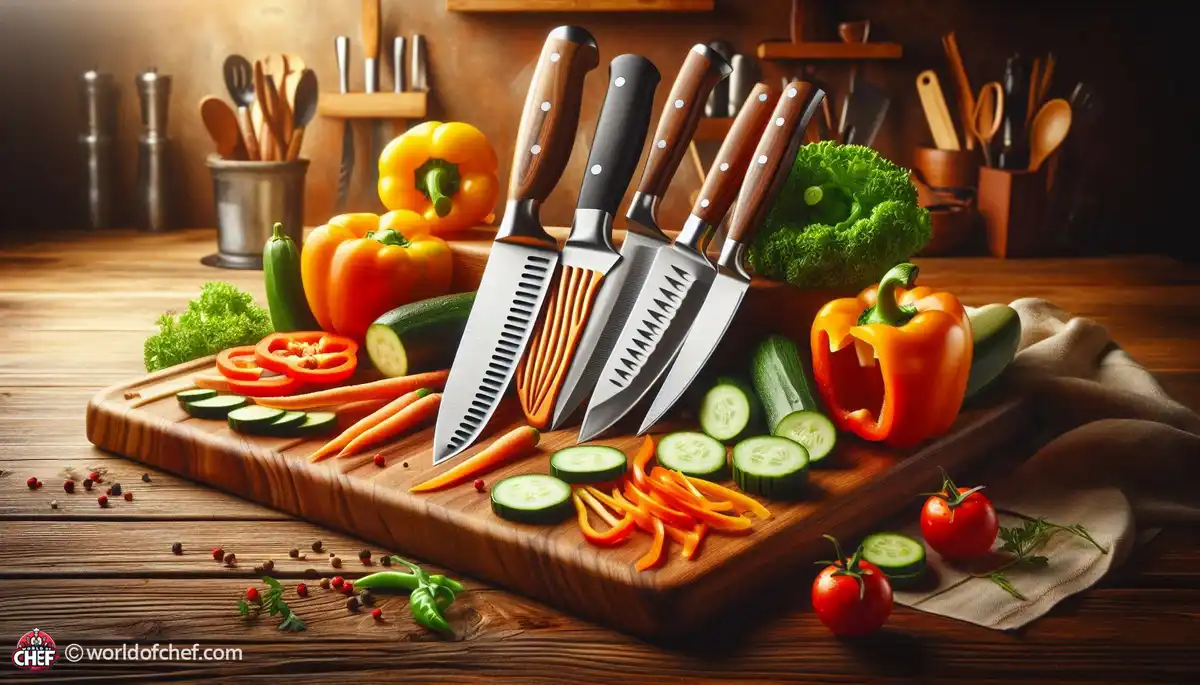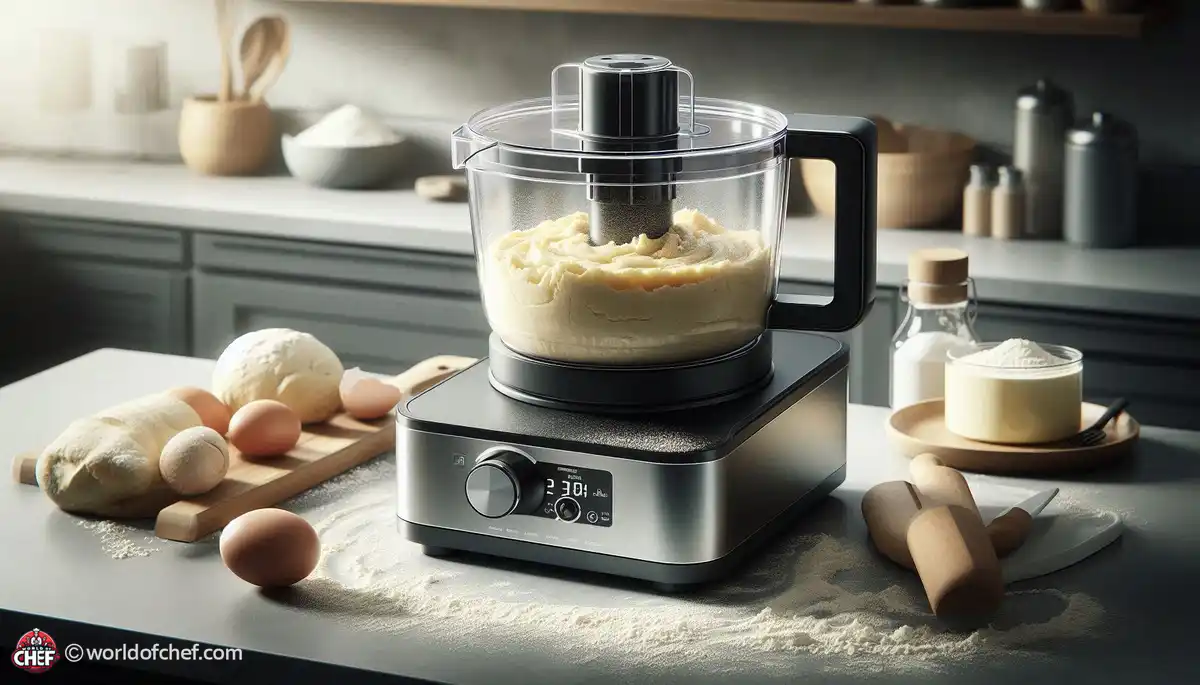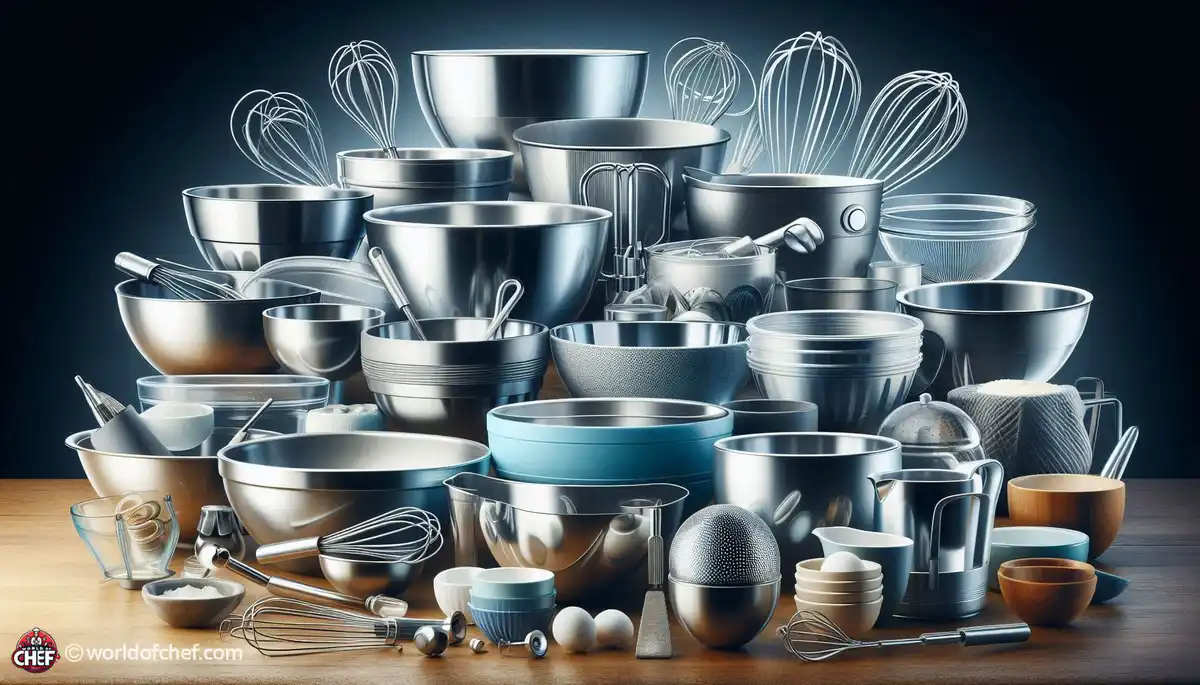
How to Choose the Right Peeler for Your Kitchen
Samantha Thames - Mar 27, 2025 - 12 min read


The right knife is everything in preparing vegetables. A good knife elevates not just the cut but the entire cutting experience. For any home cook or seasoned chef, knowing which knives excel at slicing vegetables makes all the difference in the world. In this blog post, we will explore the best slicing knives for vegetables to give you the best equipment possible for your kitchen escapades.
This design is handy while choosing the knife to slice the vegetables. A good knife will balance weight, sharpness, and will make slicing vegetables much easier and efficient. The blade needs to cut through vegetables, but should be sharp enough to use for precise tasks. It also requires a comfortable handle, making it possible to use for a long period without causing strain.
Performance greatly depends on the material used in the blade. Most are made of high-carbon stainless steel, which is durable, sharp, and rust-resistant. It doesn't break easily and has an easy sharpening surface. Ceramic blades can be so sharp and light; however, they are very brittle and require much care. You will get a knife that suits you best when you know the advantage and disadvantage of different knife materials.
Knife size and weight; Knife size determines the handleability of knives and knife weight as far as mobility and usage are concerned. Any knife size must be weighed between light and heavy yet sturdy to work well at slicing vegetables. A really heavy knife could be bothersome while on the task, while very light and flimsy knives were not really efficient in a cutting situation through tougher, harder veggies.
A good handle design is just as important as the blade design. A great handle ensures that one holds his knife well and is able to slice vegetables with very little risk of slipping on the blade. Various woods, plastics, and composite materials all offer unique features. Wood handles are somewhat traditional, providing an aesthetically pleasing and generally comfortable grip but tend to require a bit more maintenance than other types. Plastic and composite handles are typically made to last longer and also clean much easier.
A chef's knife is an extremely versatile tool which excels at many tasks in the kitchen and includes slicing vegetables. This broad, sharp blade, easily able to cut through tomatoes as well as carrots, is very desirable for slicing everything smoothly and precisely. The curved edge supports a rocking motion and maximizes efficiency and control.
The Santoku is another excellent knife for chopping vegetables, and it is from Japan. Its blade is flat and scalloped-edged, making it an excellent knife for slicing, dicing, and mincing. The scallops in the blade reduce friction that may cause the vegetables to stick to the blade when cutting through them. This design is perfect for accuracy and speed.
A paring knife is useful for any of the smaller, less dramatic vegetables. This presents the small, pointed blade to do any of the peeling or cutting in very fine little vegetables. Although more specialized than the chef knife, it would be more specialized in any situations when doing minute work that cannot really be done using anything besides it. Lastly, part of the full knife repertoire in a kitchen, in Japan it would never be called a "Nakiri Knife".
The Nakiri is another Japanese specialty knife, but for vegetable slicing. Its straight and rectangular shape makes it best suited for chopping or slicing and ensures that you get to cut the vegetable in equal slices because every part of the blade rubs on the cutting board.
Choosing a Knife First and foremost, you need to consider your cooking habits as well as the size and types of vegetables you usually chop most. If chopping large amounts of veggies occurs frequently, you can consider a versatile chef's knife or even a Santoku knife. For detailed jobs like ornamental cuts, go for a smaller paring knife or a Nakiri knife.
Sharpness is the most fundamental requirement to slice efficiently. A knife that will hold sharp for a long period with minimal sharpening is going to make your cooking smoother. Maintenance, hone, and sharpen to ensure your knife stays in prime condition. Pick a knife you can maintain.
Knife prices are really different. Of course, the most expensive one might look very tempting, but it is really necessary to find a knife that can offer the best value for your money. This will be based on the durability, performance, and warranty. A quality knife would save you from more replacement costs in the long run.
The comfort and feel of the handle will feature significantly in determining how good you will feel about enjoying your knife. Try all kinds of handles until one that feels right in the hand is achieved. It reduces fatigue during cutting because it provides control of the knife, thereby letting one enjoy sliced vegetables more efficaciously.
To maintain the life of your vegetable knives, clean them correctly. The knife should be hand-cleaned with soap and running warm water. This process helps avoid scratches and maintains a sharp blade. Cleaning the knife in the dishwasher is not advisable since high temperature may damage the handle or even the detergent may have an adverse effect on the knife's edge. You should dry the knife instantly to prevent rusting.
A sharp knife is safer and more effective. Sharpness is maintained only when you sharpen your knife frequently, but it again brings it to its top-sharp condition if it's sharpened occasionally. For this purpose, the best tool is a sharpening stone or a professional service to keep your knife ready to use. Do not sharpen too much because excess sharpening will damage your blade.
Proper storage prevents damage and safety. Store knives organized and safe by having a knife block, a magnetic strip, or by using protective sheaths. Do not store knives loosely in a drawer because these tend to dull and they also damage the blades. This proper storage also makes the knife sharp and is at its best condition. Handling and Safety Tips
Handle your knives with care to minimize accidents. Use the knife for its purpose and prevent using it on bones and hard foods, frozen especially to prevent bluntness. Care while cutting and lay down your knife on a cutting board and make sure the blade and countertops are safe too.
Selecting the kitchen knife to slice your veggies is all about considering your design, type of blade material, and the ease of comfort on your hands. No matter what type of versatile chef's knife you might choose, the exact paring knife, or perhaps the specialized Santoku, a proper knife is a make-or-break experience. Considering personal preference and style in cooking, keeping your knives well, and spending good money will result in that ideal knife for you to perfect vegetable slicing and, therefore, overall kitchen performance.

Samantha Thames - Mar 27, 2025 - 12 min read

Louis Saul - Jan 15, 2025 - 11 min read

Emery Donley - Oct 26, 2024 - 14 min read

Dennis Hague - Oct 26, 2024 - 14 min read